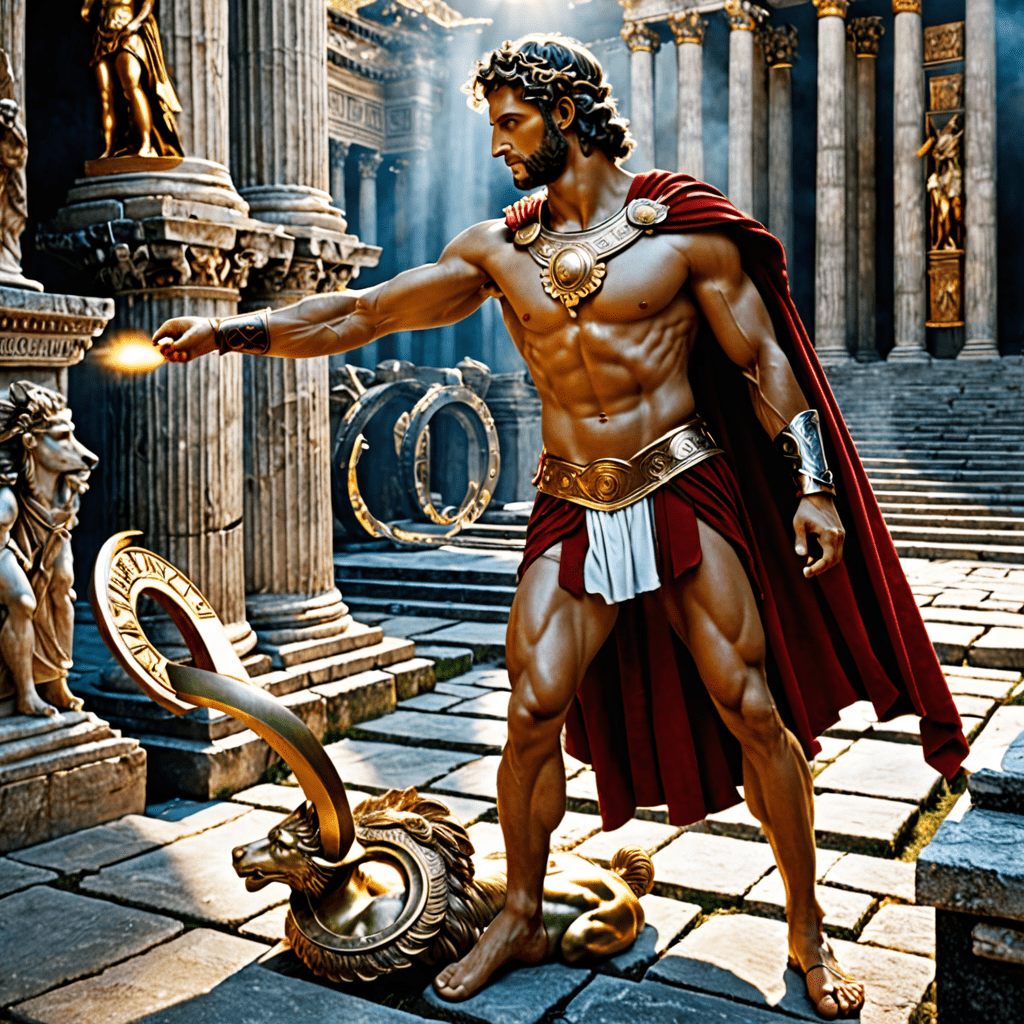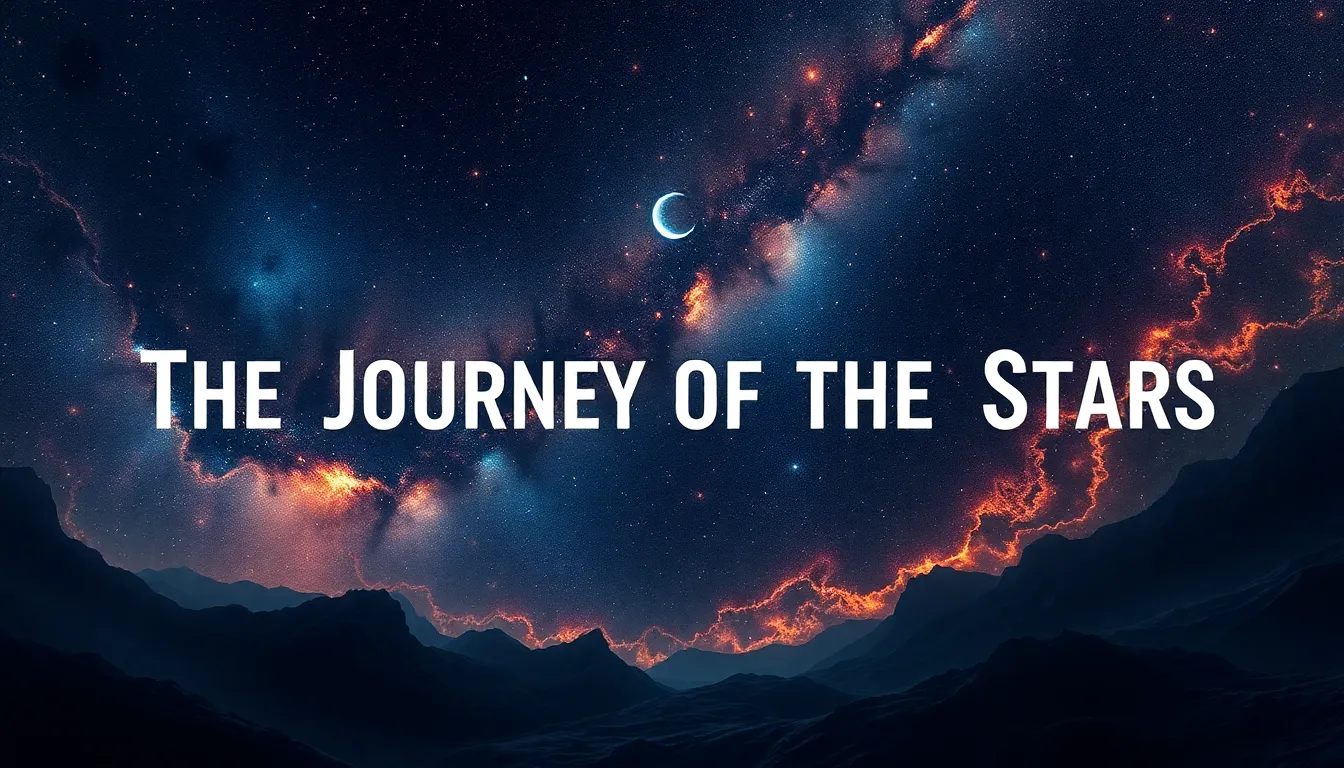The Cosmic Connection: How Creation Myths Unite Cultures
1. Introduction to Creation Myths
Creation myths are profound narratives that explain the origins of the universe, life, and humanity itself. They are not merely stories; they encapsulate the beliefs, values, and cultural identities of the societies that tell them. These myths serve a significant purpose by providing frameworks within which individuals can understand their existence and place in the cosmos.
Across the globe, creation stories appear in various forms, reflecting the rich tapestry of human experience. From the biblical account of Genesis to the indigenous tales of the Dreamtime, the universality of creation myths highlights a shared human desire to comprehend the mysteries of life and the universe.
2. The Role of Creation Myths in Human History
Historically, creation myths have played a crucial role in shaping human thought and societal structures. They have evolved alongside civilizations, adapting to the changing environments and cultural dynamics. In early human societies, these myths were often transmitted orally, serving as vital tools for education and cultural preservation.
Creation myths helped early communities establish their worldviews and moral codes. They provided explanations for natural phenomena, fostered a sense of belonging, and justified social hierarchies. These narratives often dictated the relationship between humans and the divine, laying the foundation for future religious beliefs and practices.
3. Common Themes in Creation Myths
Despite the diversity of creation myths worldwide, certain themes recur, illustrating shared human concerns:
- Chaos and Order: Many myths begin with a state of chaos, which is then transformed into order through divine intervention.
- The Creation of the Universe: Various narratives describe how the cosmos was formed, often involving a primordial entity or entities.
- The Emergence of Life: The transition from inanimate matter to living beings is a central motif, often involving the generation of humans from divine or natural sources.
The symbolism behind these themes is profound, representing humanity’s quest for understanding and meaning in the face of existential uncertainty.
4. Regional Perspectives: Creation Myths Around the World
Creation myths vary widely among cultures, each offering unique insights into their respective worldviews. Here are some examples:
- Indigenous Myths: Many Indigenous cultures, such as those in Australia, have creation tales that emphasize the connection between people and the land, often featuring ancestral beings who shaped the earth.
- African Myths: In various African traditions, creation myths often involve a supreme being who crafts the world and humanity, highlighting themes of community and kinship.
- Asian Myths: In Hinduism, for instance, the cosmos is cyclically created and destroyed, reflecting a deep understanding of impermanence and renewal.
- European Myths: Norse mythology presents a creation narrative that begins with the void of Ginnungagap, leading to the emergence of Yggdrasil, the World Tree, symbolizing interconnectedness.
- Pacific Islander Myths: Many Pacific cultures speak of the creation of the islands and their inhabitants through divine acts, emphasizing the significance of their environment.
While these myths differ in detail, they often share underlying themes and concerns, revealing a tapestry of human thought across cultures.
5. The Influence of Geography and Environment on Creation Myths
The geography and environment of a culture significantly influence its creation myths. The landscapes, climates, and resources available to a society shape the narratives that emerge. For instance:
- Desert Cultures: In arid regions, creation myths may emphasize survival and the scarcity of resources, often portraying a harsh, unforgiving world.
- Coastal Cultures: Societies living near the sea may have creation stories that highlight the ocean’s bounty, weaving it into their identity and cosmology.
- Mountainous Cultures: High-altitude cultures often depict creation myths that involve gods or spirits dwelling in the mountains, reflecting reverence for these majestic landscapes.
These case studies illustrate how environmental factors can shape mythological narratives, providing a deeper understanding of human interaction with nature.
6. Creation Myths and Their Impact on Religious Beliefs
The interplay between creation myths and organized religions is profound. Many major world religions draw upon ancient myths to explain their doctrines and beliefs. For example:
- Christianity: The Genesis creation narrative serves as a foundation for Christian theology, influencing moral teachings and cultural practices.
- Hinduism: The cyclical nature of creation and destruction in Hindu myths reflects the religion’s philosophical concepts of time and existence.
- Buddhism: While Buddhism does not focus on creation in the same way, its narratives explore the origins of suffering and the path to enlightenment.
These connections illustrate how creation myths serve as a bridge between ancient beliefs and contemporary religious practices, providing a sense of continuity and belonging.
7. Psychological and Sociological Perspectives
The psychological significance of creation myths cannot be overstated. They offer individuals and communities a framework for understanding their identity and purpose. Myths often foster:
- Social Cohesion: Shared beliefs in creation myths can unite communities, reinforcing group identity and solidarity.
- Emotional Resilience: In times of crisis, these narratives provide comfort and reassurance, helping individuals cope with existential fears.
Furthermore, the storytelling aspect of creation myths engages the imagination, allowing people to explore complex ideas about existence, morality, and the universe.
8. The Evolution of Creation Myths in Contemporary Society
In modern culture, traditional creation myths have adapted and transformed. Literature, film, and art frequently reinterpret these narratives, making them accessible to new audiences. For instance:
- Literature: Authors often weave creation themes into their storytelling, exploring contemporary issues through a mythological lens.
- Film: Movies like “Avatar” and “The Lion King” incorporate elements of creation myths, highlighting environmental themes and the interconnectedness of life.
Additionally, the rise of science and technology has reshaped beliefs about creation, leading to new discussions about the origins of the universe and life itself.
9. The Future of Creation Myths in a Globalized World
Globalization has facilitated the sharing and blending of creation myths across cultures. As societies become more interconnected, there is potential for new myths to emerge in response to contemporary challenges, such as climate change and technological advancements. This fusion of narratives can lead to:
- New Interpretations: Existing myths may be reinterpreted to address modern issues, bridging ancient wisdom with contemporary concerns.
- Cross-Cultural Exchange: The sharing of myths can foster empathy and understanding between diverse cultures, promoting a sense of global community.
As we navigate the complexities of the modern world, creation myths will continue to evolve, reflecting the ever-changing human experience.
10. Conclusion: The Unifying Power of Creation Myths
Creation myths hold enduring relevance across cultures, serving as fundamental narratives that connect humanity through shared experiences and beliefs. Understanding these myths is essential in fostering cross-cultural connections and empathy, allowing us to appreciate the rich diversity of human thought and experience.
As we look to the future, the exploration of creation myths will remain a vital aspect of our collective journey, guiding us in our quest for understanding in an increasingly complex world.




